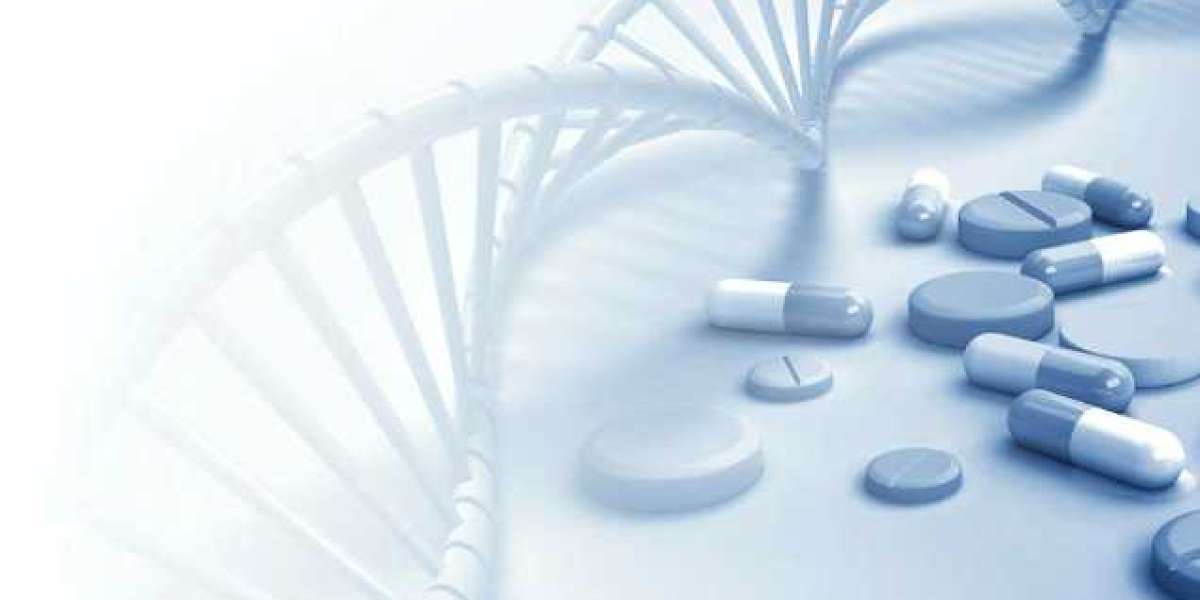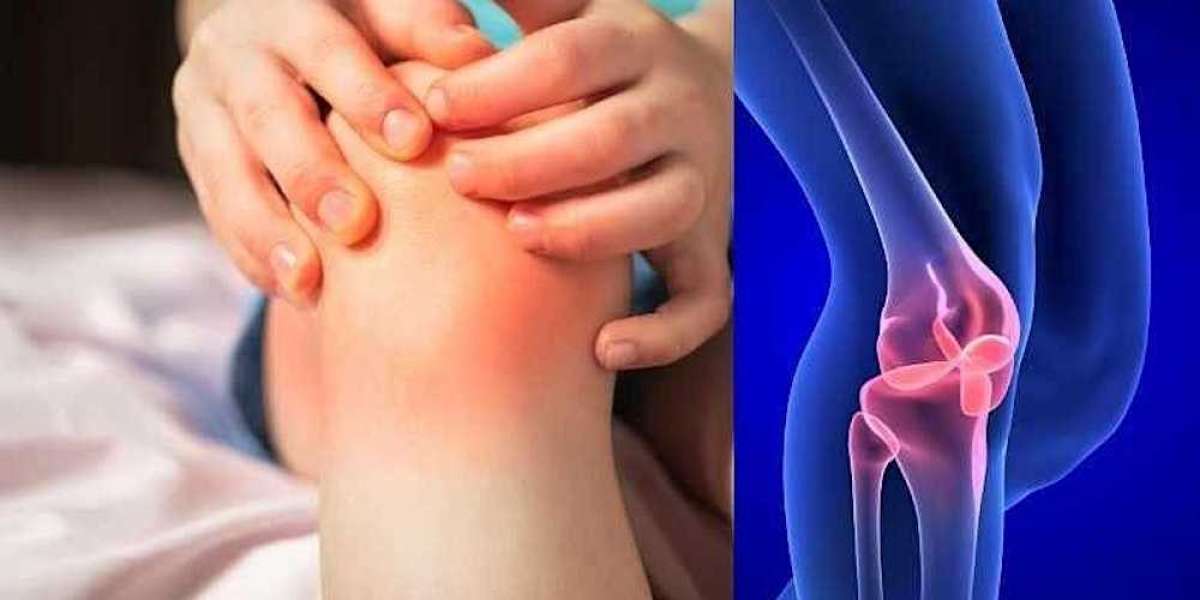Packaging, whether flexible or rigid, can affect people's lives daily in many ways. The main goal of packaging is to protect the contents from damage and leaking so that they can be distributed safely from one place to another at some time. No matter for food distribution, pharmaceutical packaging, cosmetics, home-care materials, and many other essential products in modern life, need appropriate packaging, and polymers, or plastics very often provide the optimal solution and have been widely used daily. Whether you use it for research or manufacturing, we can offer a wide variety of polymer and monomer products, and tailored synthesis services to support your packaging needs.
Main Characteristics of Polymer Materials in Packaging
The biggest advantage of packaging materials is lightweight, which cannot be matched by metal and other materials. For many goods that need to be transported over long distances, they can reduce the weight of transportation and facilitate transportation.
Polymer materials used for packaging have suitable barrier properties and permeability. For food preservation, packaging types can be divided into gas barrier packaging, moisture-proof packaging, waterproof packaging, fresh-keeping packaging, etc., which all take advantage of permeability to ensure the freshness of ingredients.
The optical performance of polymer packaging materials is very good. Since polymer materials can be transparent, customers can see the contents more clearly when they are purchasing.
Most packaging materials are non-toxic and harmless to humans, so they can be used safely for food. Moreover, more and more biodegradable polymers are used in the packaging industry, which are eco-friendly and can be completely decomposed by environmental microorganisms after being discarded.
Polymer Materials Mainly Used in Packaging
As packaging is made, various plastics are commonly used and the properties mentioned above enable many different packaging choices, including size, shape, color, weight, hardness, protection, and so on. A polymer refers to a compound with a very large molecular weight, and the molecules are bonded together by structural units or monomers by covalent bonds, e.g., many synthetic polymer materials used as plastics and resins. Some of the most common polymers used for packaging include:
Polymer Characteristics Application for Packaging
Low-density polyethylene (LDPE) is Translucent or opaque, quite flexible and tough, good solvent resistance Plastic wraps, clear plastic bags, trays, and general-purpose containers
High-density polyethylene(HDPE) Recyclability, high strength-to-density ratio, harder and opaquer than LDPE, good solvent resistance House wrap, water bottles, bottle crates, blown-film shopping bags with handles, HDPE jerrycans
Linear low-density polyethylene (LLDPE) Unique melt flow properties, higher strength, better toughness, and stronger rigidity than LDPE Film, plastic bags, plastic wrap, stretch wrap
Polypropylene (PP) High chemical stability, good hygienic performance, high heat resistance, non-toxic Microwave tableware, plastic bucket, thermos shell, woven bag
Polystyrene (PS) High transparency, shiny surface, non-toxic. versatility (can be rigid or foamed), excellent moisture barrier for short shelf-life products Disposable food containers; meat and poultry containers, and rigid food containers; food service applications: cups, plates, bowls, and cutlery; egg cartons; aspirin bottles
Polyvinyl chloride (PVC) Soluble in organic solvents such as THF and DMSO, good acid and alkali resistance. Rigid packaging applications: blister packs and clamshells; clear food packaging like plastic wraps, films and bags; medical tubing; shampoo bottles
Polyethylene terephthalate (PET) Good transparency, durability, good chemical stability, non-toxic Soft drink bottles, medicine bottles, cosmetic bottles, oil bottles and various bottle caps, insulation caps
Ethylene vinyl acetate (EVA) Excellent clarity and gloss with little odor, good water resistance, corrosion resistance, easy processing, thermal insulation, non-toxic EVA copolymers are used as adhesives in packaging; EVA films or bags to pack rubber additives or wax
Ethylene vinyl alcohol (EVOH) Exceptional gas barrier properties, recyclability and environmentally safe; high resistance to hydrocarbon fuels, mineral oils and many organic solvents EVOH material is particularly suited for packaging food, drugs, cosmetics, and other perishable products to extend their shelf life; plastic fuel tanks, chemical packaging and agricultural films
Polyvinyl alcohol (PVA) Extreme hydrophilicity, high resistance to hydrocarbons, mineral oils, and many organic solvents, non-toxic PVA film is a cold and hot water-soluble film for diverse packaging applications including food products, detergents, pharmaceuticals and agricultural chemicals.
Polylactic acid (PLA) Transparent, biodegradability and recyclability, low impact capacity and brittle, Alcohol and water resistant Disposable tableware i.e., cups for cold beverages, carry-out containers, eating utensils; deli containers; fruit and vegetable trays; packaging for refrigeration and deep freezing








